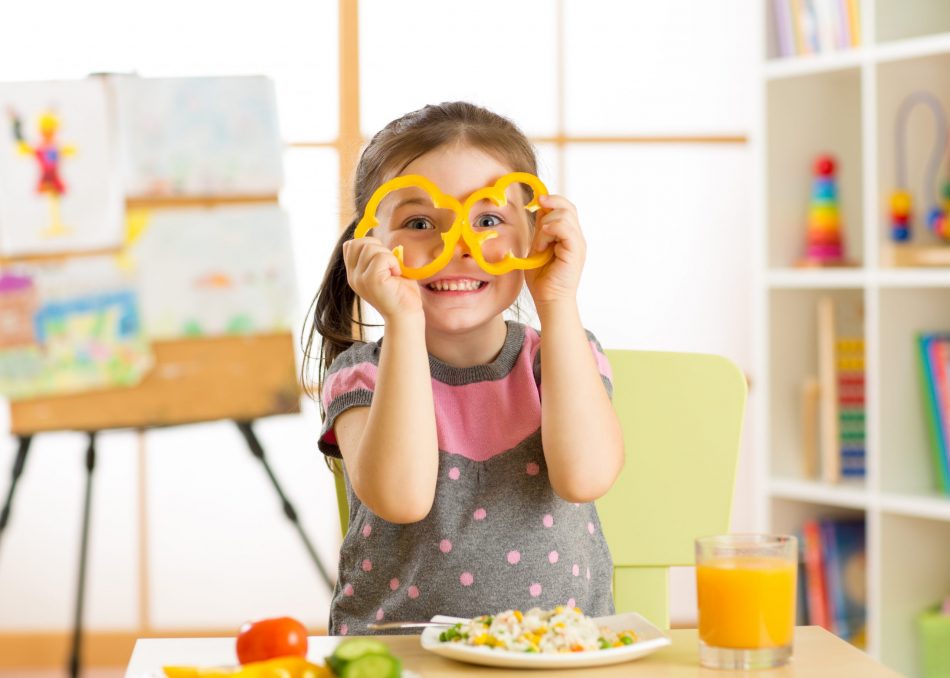These days, many of us spend a lot of time straining our eyes by staring at screens. Unfortunately, cutting back on screen time may be difficult, especially if work demands that we work on our digital devices.
Luckily, we can also support our eyes by eating foods that are scientifically linked to boosting our vision and maintaining our eye health in general. While carrots are often thought of as good for our eyes because they are rich in beta-carotene, registered dietitian Jenna Stangland, RD, has many other food recommendations for eye health that you can work into your meals.
Bell peppers
Bell peppers that are vibrant in color are high in vitamin A, which is important for eye health “because it’s an antioxidant that grabs ahold of oxidative stress and prevents it from further damaging cells, including in the eyes,” Stangland explains.
Bell peppers also contain lutein and zeaxanthin, which are two major nutrients for eye health. “What’s unique about lutein is that it’s the only carotenoid [a type of antioxidant] that migrates to the retina,” says Stangland. Lutein acts as a blocker to the damaging blue light that we are exposed to by our screens, which is like what zeaxanthin does, a nutrient that Stangland calls “sunblock for the eyes.”
As vitamin A is fat-soluble, Stangland suggests consuming them with a good source of healthy fats. “One way to do this is by roasting or stir-frying them with olive oil.”
Eggs
Lutein and zeaxanthin often come together in the same foods, such as eggs. “Lutein and zeaxanthin are specifically found in the yolky part of the egg,” Stangland says. Egg yolks also contain magnesium, calcium, iron, potassium, and zinc.
Dark leafy greens
Dark leafy greens like kale and spinach also offer us the lutein and zeaxanthin combo. “All dark leafy greens have these nutrients, which is just another reason why dietitians are so often recommending them to people,” says Stangland.
Broccoli
Broccoli isn’t just a good source of fiber—it’s also rich in lutein and zeaxanthin, which our bodies can’t make, making it “important to eat foods that have it.”
Chickpeas
Now that we know there are plenty of foods we can eat that have lutein and zeaxanthin, another nutrient worth mentioning is zinc. “Zinc is the carrier of vitamin A, and again, that’s important because vitamin A helps protect the body from oxidative stress,” explains Stangland. Chickpeas have 1.5 milligrams of zinc per serving, making them an ideal source of the nutrient, which we only need small amounts of.
Pumpkin seeds
Pumpkin seeds are also a great source of zinc at 10 milligrams per serving. Throw them on top of your leafy green salad with broccoli and bell peppers for an eye-health-boosting meal.











